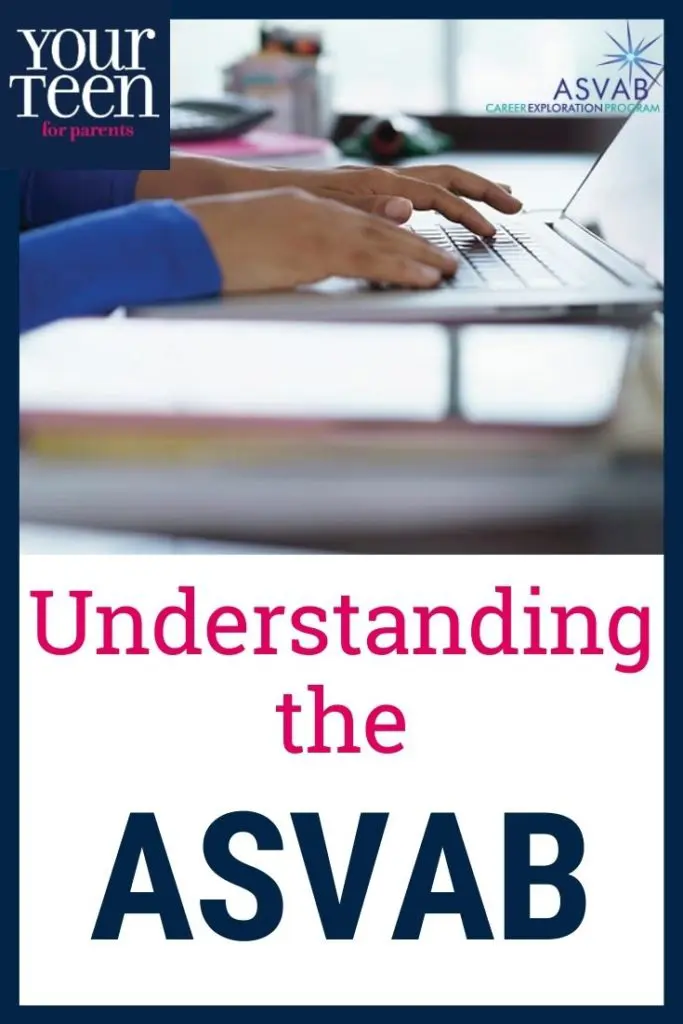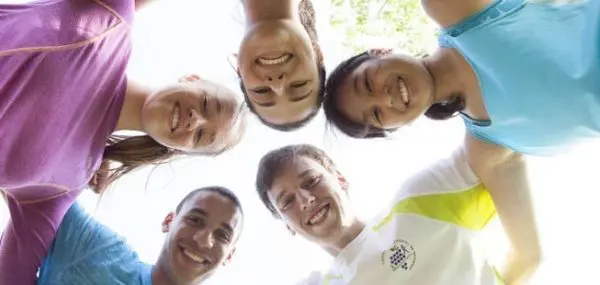It’s that time of year. Leaves are falling. It’s time to pick out pumpkins. And oh yeah, your high schooler might be experiencing some anxiety about what comes after graduation. How can parents help ease that uncertainty?

Well, if your student is one of the thousands who has taken an aptitude assessment known as the ASVAB, this might be the perfect opportunity to use those results to spark a great conversation about what comes next.
What is the ASVAB?
The ASVAB is one part of the ASVAB Career Exploration Program. It provides key insights into your teen’s interests and abilities that can help your teen find the career path that’s right for them. While the program has historically only been offered in-person, the Post-Test Interpretation (PTI) is now offered virtually so participants can access their results from anywhere. That’s good news for parents looking to help guide their high schooler toward postsecondary success.
What Does an ASVAB Score Show?
All PTI participants (whether in-person or virtual) receive an ASVAB score explanation, complete an interest inventory, discover potentially satisfying career fields, and explore all the ways to gain career field entry. Plus, they gain access to planning tools they can use to map out their post-secondary plans.
| [adrotate banner=”164″] |
Unlike standardized tests that primarily measure math and language, the ASVAB CEP includes sections that assess electronics, science, and mechanical comprehension. It offers more options that might appeal to teens in their post-high school life, including military service, careers, and college. That’s why you’ll want to be sure your student knows how to get the most out of this tool.
How to Access ASVAB Results
“This year, we are holding virtual workshops for those who took the test last year but aren’t in school this year,” says ASVAB CEP Director Shannon Salyer. “We pride ourselves on the personal service we provide by walking through the test results and interest inventory to help identify a career blueprint that dovetails with teens’ skills and preferences.”
Parents can submit a request to schedule an in-person or virtual PTI for their school. Alternatively, parents and students can access a step-by-step walkthrough to complete the PTI workshop together on your own using the unique access code on the students’ results sheet to login at the ASVAB CEP website. Parents of students who have not taken the ASVAB can use access code: PARENT to create an account and view (and use) everything available in the Career Exploration Program.
In addition, the site has a host of other free resources that can help any student with their career planning, whether they are considering a two or four-year school, work-based learning, or the military.
When parents and teens have meaningful conversations about the options that may be a good fit, it can alleviate a lot of the stress surrounding “what’s next.” The ASVAB CEP results reveal aptitudes and allow students to filter potential careers, with accompanying educational materials offering guidance for parents to help their child find a track and build a plan.
“The workshop is so important to unlocking personalized career planning resources,” Salyer says, adding that for many it’s an ongoing process where teens and their families can revisit the tool as their experiences change and they gather more information. “As you evaluate the parts of a job you like, you can fine-tune your options to hone in on the aspects you prefer.”
How to Use the Information
“The interpretation is a really helpful tool to know what the scores mean. It’s not just showing an aptitude for a given path. It helps kids determine what types of jobs might be appealing and how that intertwines with their interests,” says Jason Downey, a guidance counselor at Beachwood High School in Ohio. “In other words, a high math score doesn’t just tell you you’re good at math. It will also break down potential opportunities for military, civilian, or college life that make the most sense.”
Downey recommends the ASVAB CEP to all his students, even if they are not interested in the military. For example, he says trades are making a strong comeback, and the great news is there is a high demand for workers to start in paid internships or apprenticeships. “I routinely see kids get job offers for great pay in programs like welding and other hands-on skills even before they finish their training.”
The ability to revisit the resources for two years is particularly useful, Downey says. In fact, he’s had students who started a career or college who eventually enlist, either because they found college wasn’t for them, or they realized that training for the careers in which they were interested was more affordable through the military.
Many families are delighted to learn about a number of options that allow kids to pursue college or a career path without incurring debt. ROTC, for example, is offered on many college campuses as a paid college education with a guaranteed post-college career.

“The ASVAB CEP can really open teens’ eyes to a lot of options they wouldn’t otherwise know about,” Downey says. “It’s an invaluable resource.”





